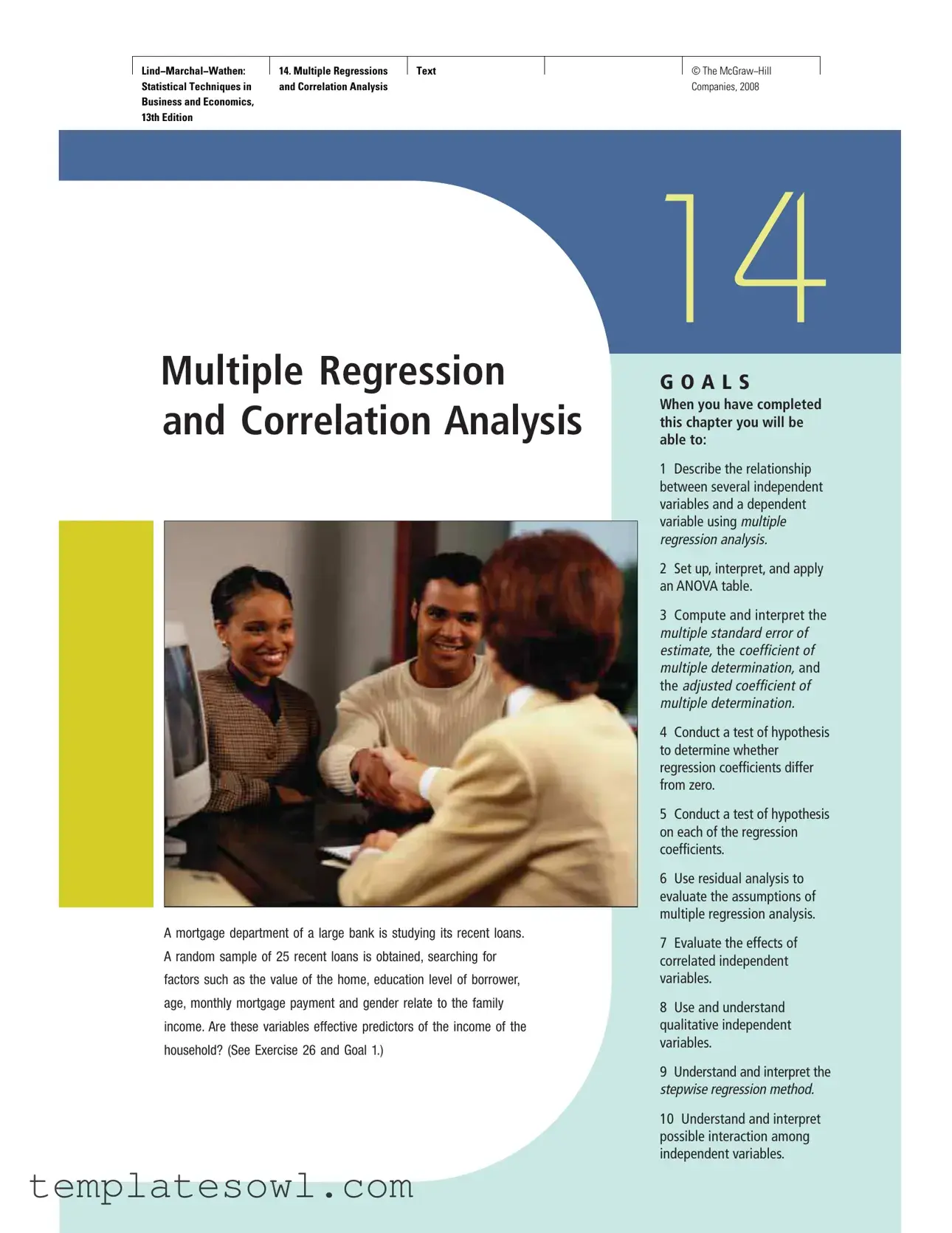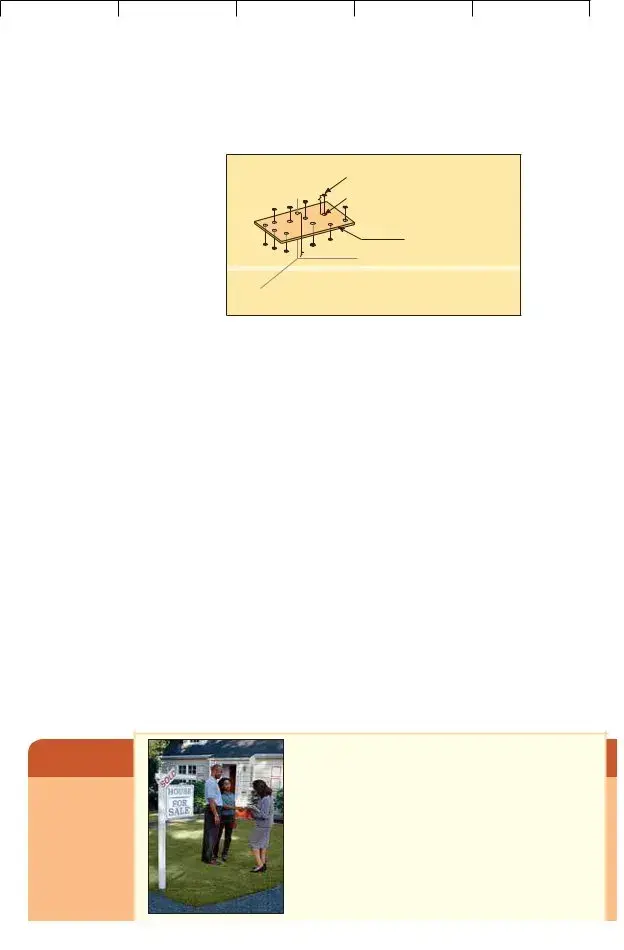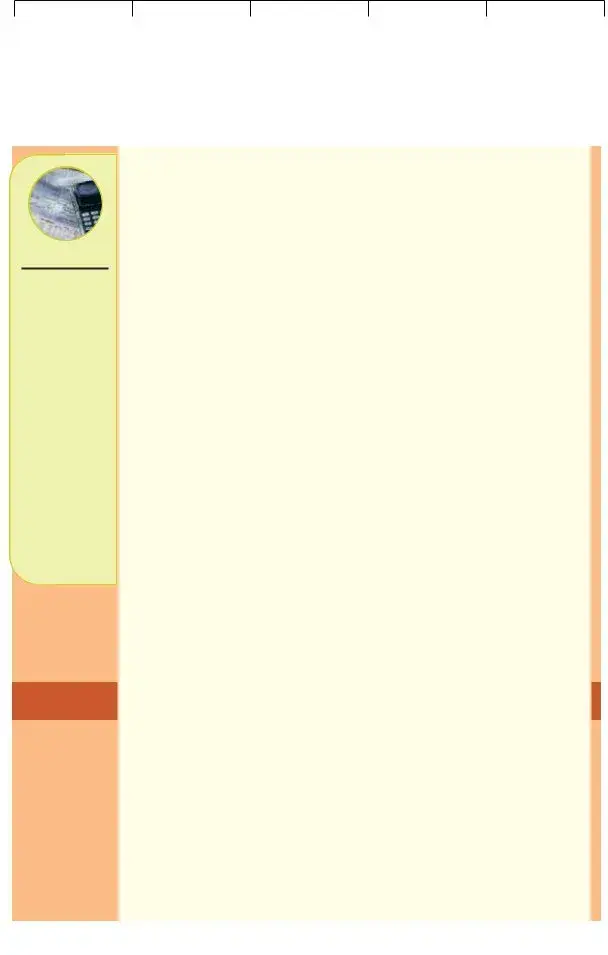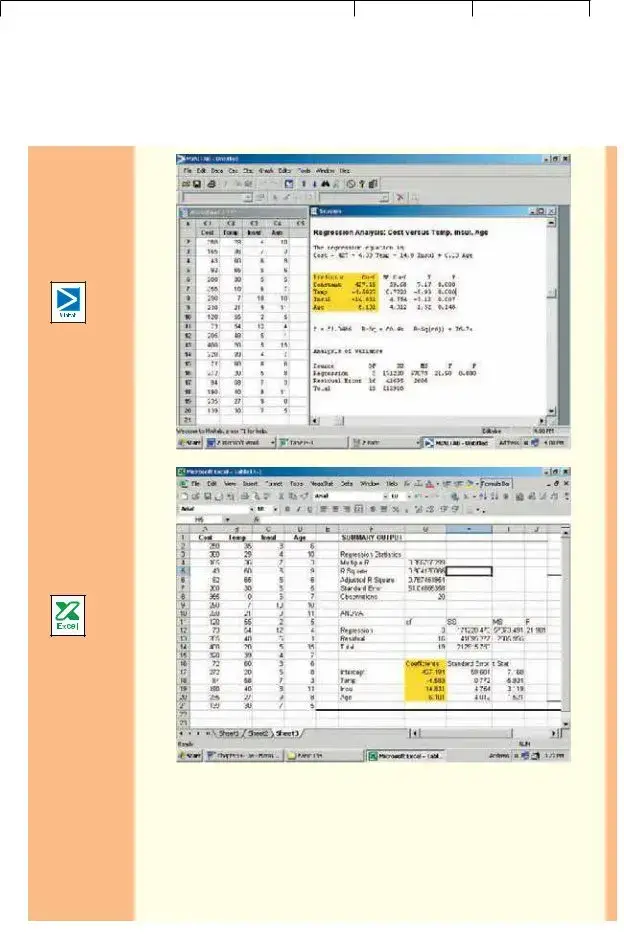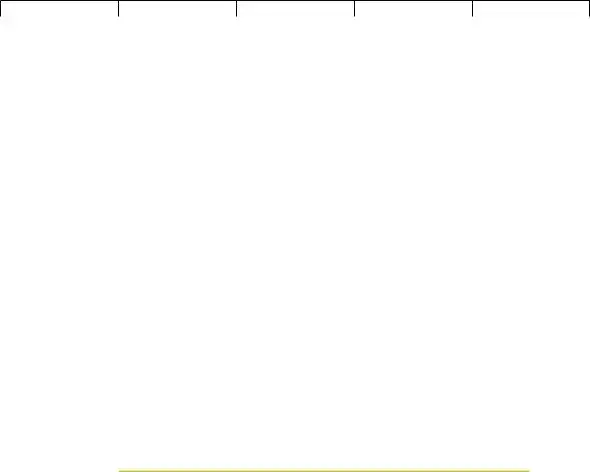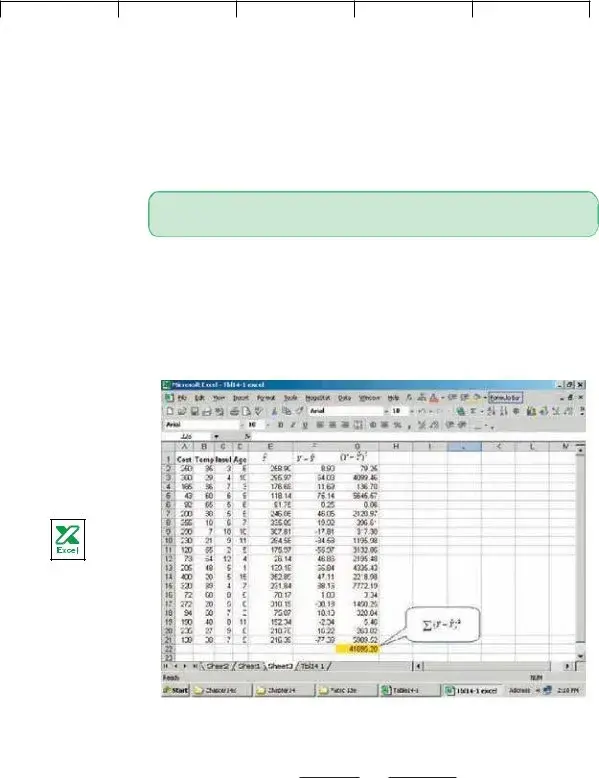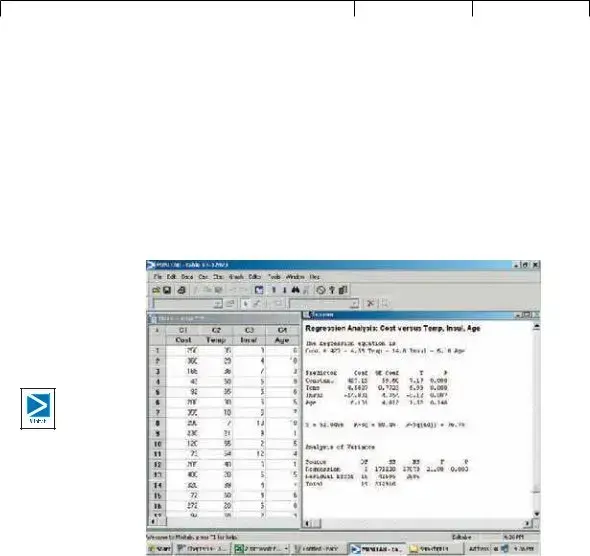temperature affect natural gas consumption. In the laboratory it varied the insulation thickness and temperature. A few of the findings are:
Monthly Natural |
Thickness of |
Outdoor |
Gas Consumption |
Insulation |
Temperature |
(cubic feet), |
(inches), |
(F), |
Y |
X1 |
X2 |
30.3 |
6 |
40 |
26.9 |
12 |
40 |
22.1 |
8 |
49 |
|
|
|
On the basis of the sample results, the regression equation is:
a. How much natural gas can homeowners expect to use per month if they install 6 inches of insulation and the outdoor temperature is 40 degrees F?
b. What effect would installing 7 inches of insulation instead of 6 have on the monthly natural gas consumption (assuming the outdoor temperature remains at 40 degrees F)?
c.Why are the regression coefficients b1 and b2 negative? Is this logical?
How Well Does the Equation Fit the Data?
Once you have the multiple regression equation, it is natural to ask “how well does the equation fit the data?” In linear regression, discussed in the previous chapter, you used summary statistics such as the standard error of estimate and the coef- ficient of determination to describe how effectively a single independent variable explained the variation of the dependent variable. The same procedures, broadened to additional independent variables, are used in multiple regression.
Multiple Standard Error of Estimate
We begin with the multiple standard error of estimate. Recall that the standard error of estimate is comparable to the standard deviation. The standard deviation uses squared deviations from the mean, (Y Y )2, whereas the standard error of
estimate utilizes squared deviations from the regression line, ( ˆ )2. To explain Y Y
the details of the standard error of estimate, refer to the first sampled home in Table 14–1 in the previous example on page 514. The actual heating cost for the first observation, Y, is $250, the outside temperature, X1, is 35 degrees, the depth of insulation, X2, is 3 inches, and the age of the furnace, X3, is 6 years. Using the regression equation developed in the previous section, the estimated heating cost for this home is:
ˆ |
14.831X2 |
6.101X3 |
Y 427.194 4.583X1 |
427.194 4.583(35) 14.831(3) 6.101(6)
258.90
So we would estimate that a home with a mean January outside temperature of 35 degrees, 3 inches of insulation, and a 6-year-old furnace would cost $258.90 to heat. The actual heating cost was $250, so the residual—which is the
difference between the actual value and the estimated value—is |
ˆ |
Y Y |
250 258.90 8.90. This difference of $8.90 is the random or unexplained error for the first item sampled. Our next step is to square this difference, that is find
ˆ |
2 |
(250 258.90) |
2 |
(8.90) |
2 |
79.21. We repeat these operations for the |
(Y Y ) |
|
|
|
other 19 observations and total these squared values. This value is the numerator
